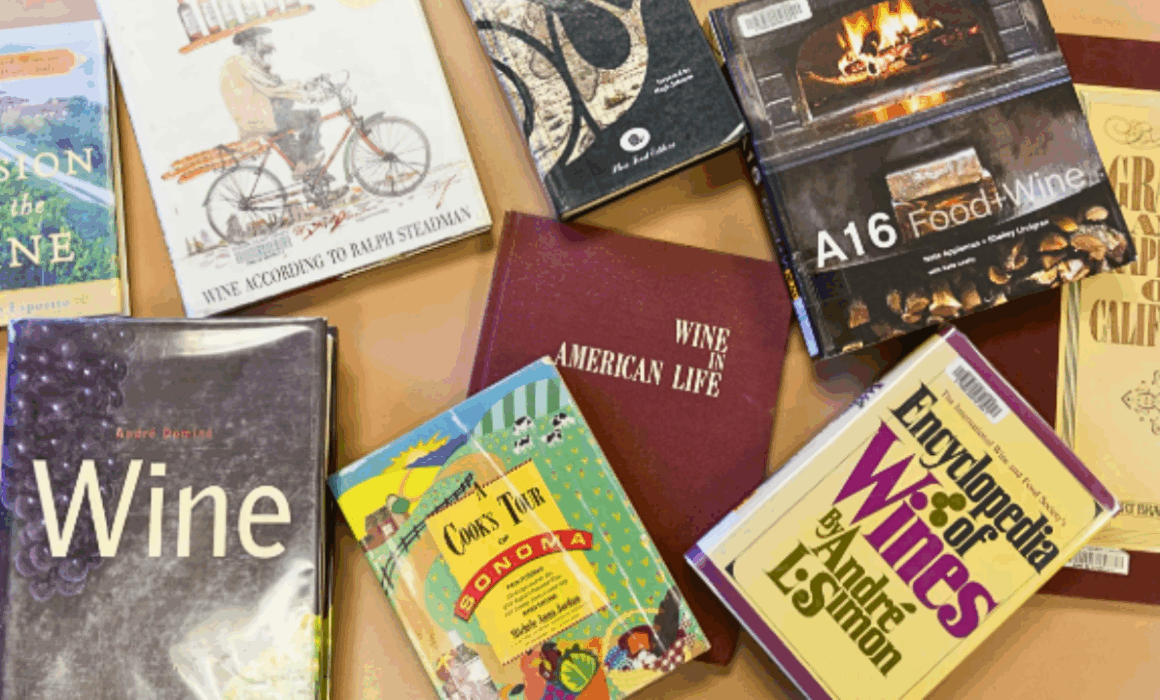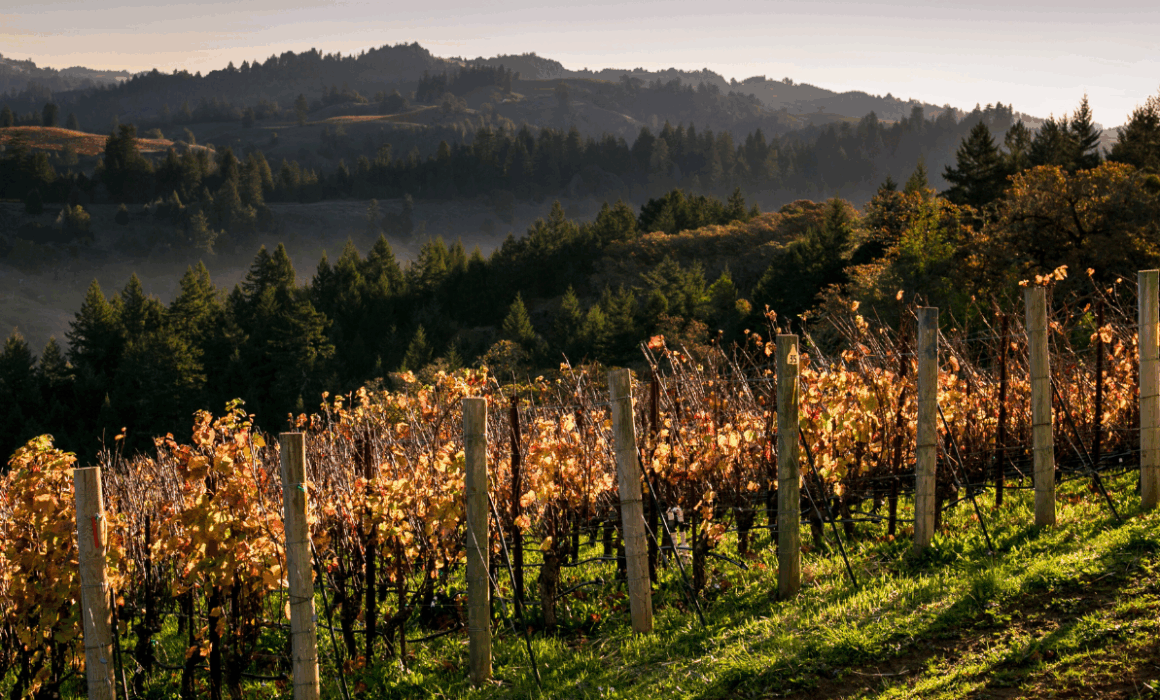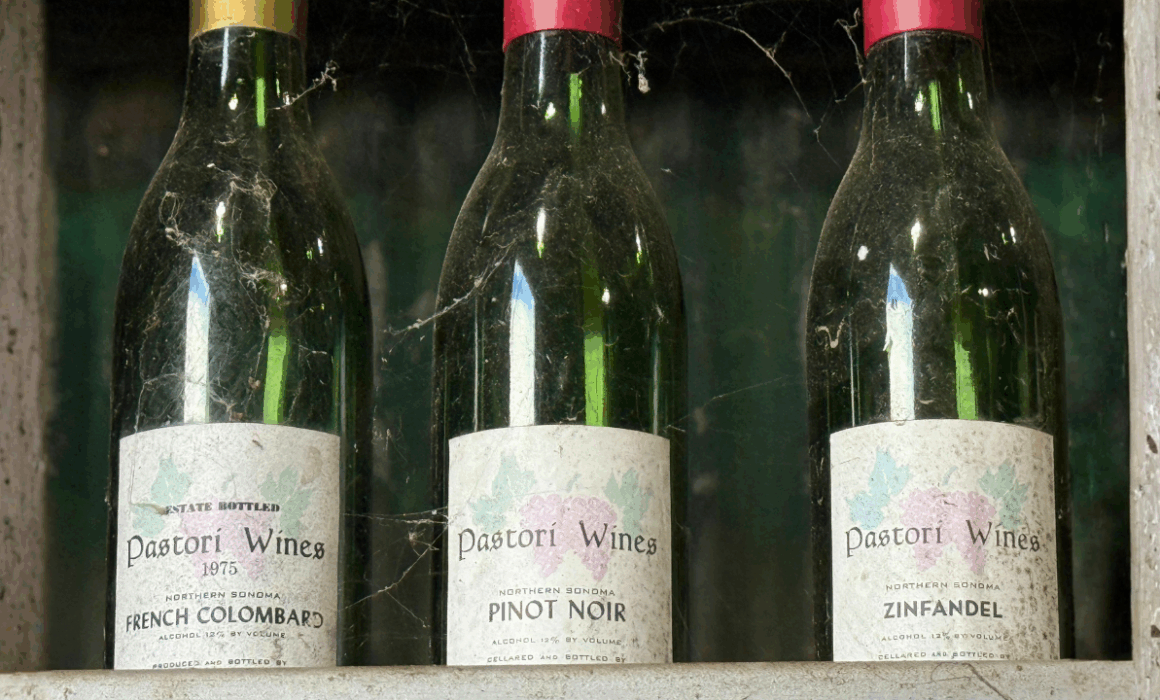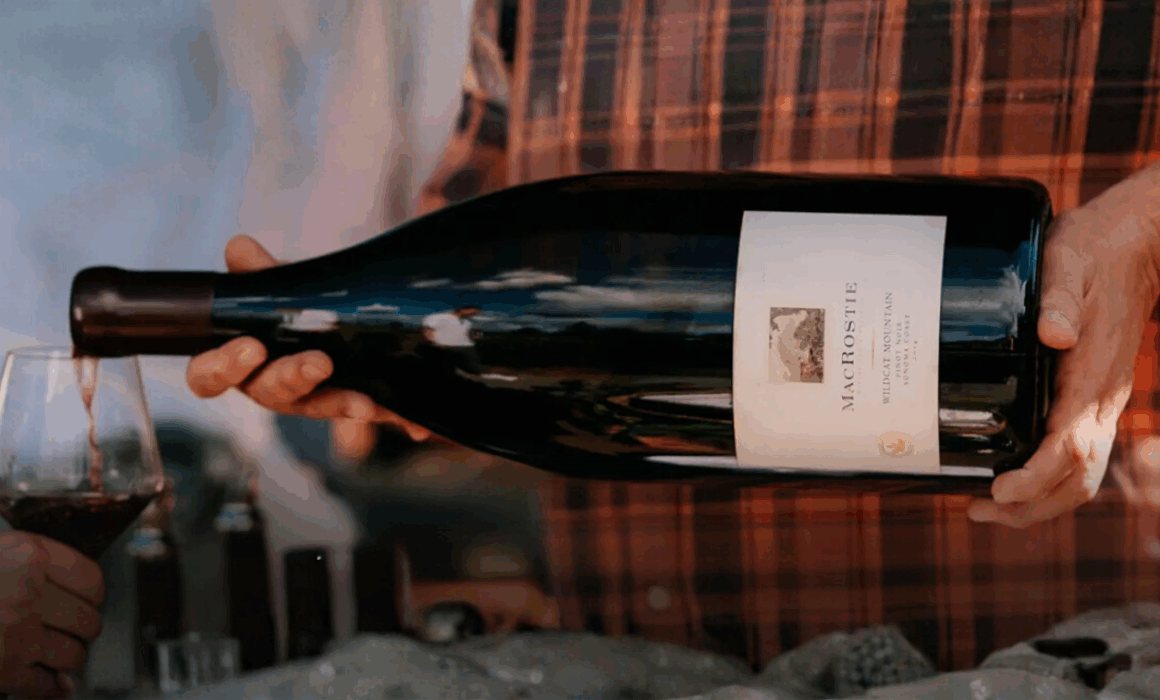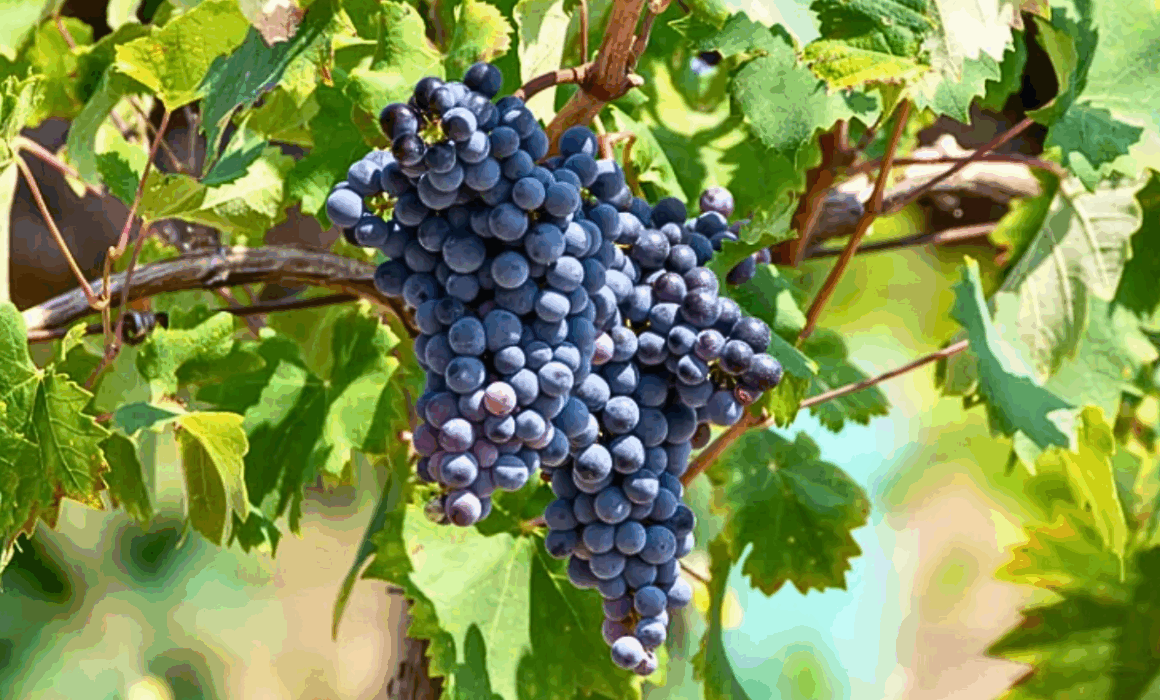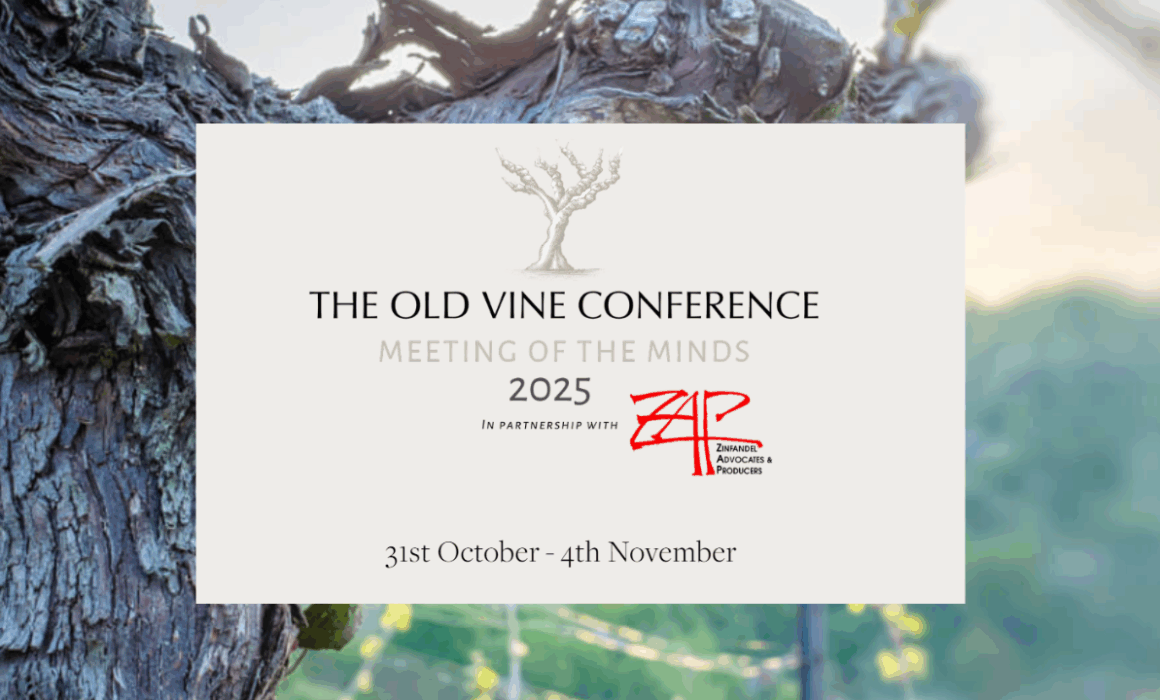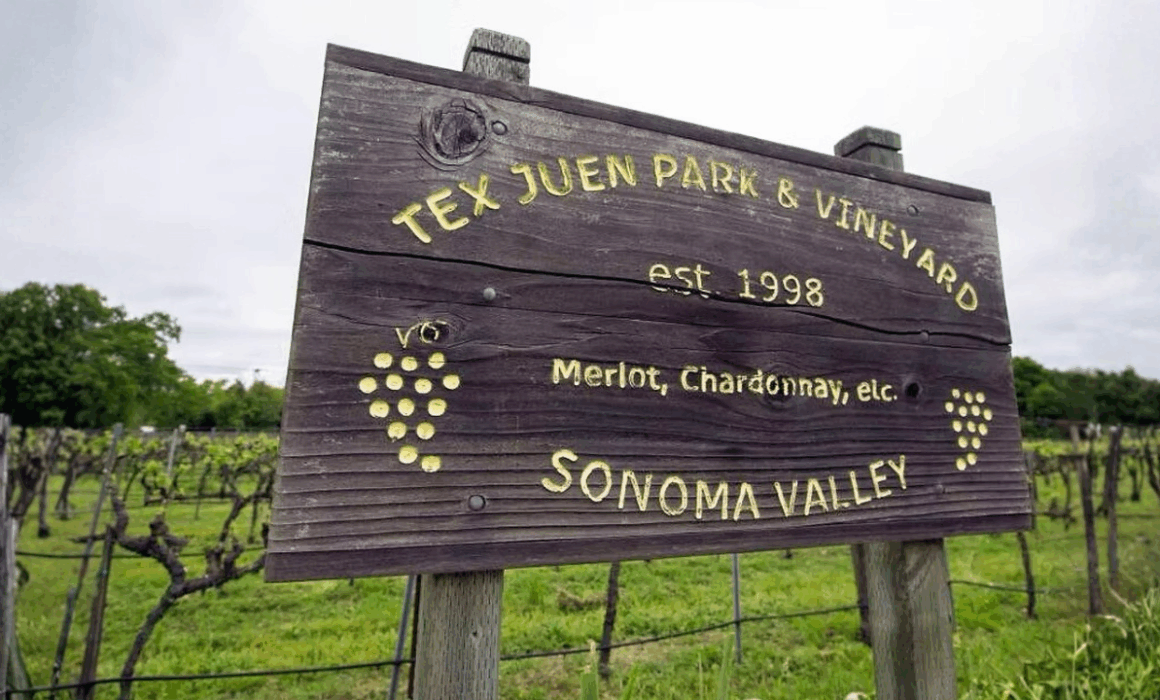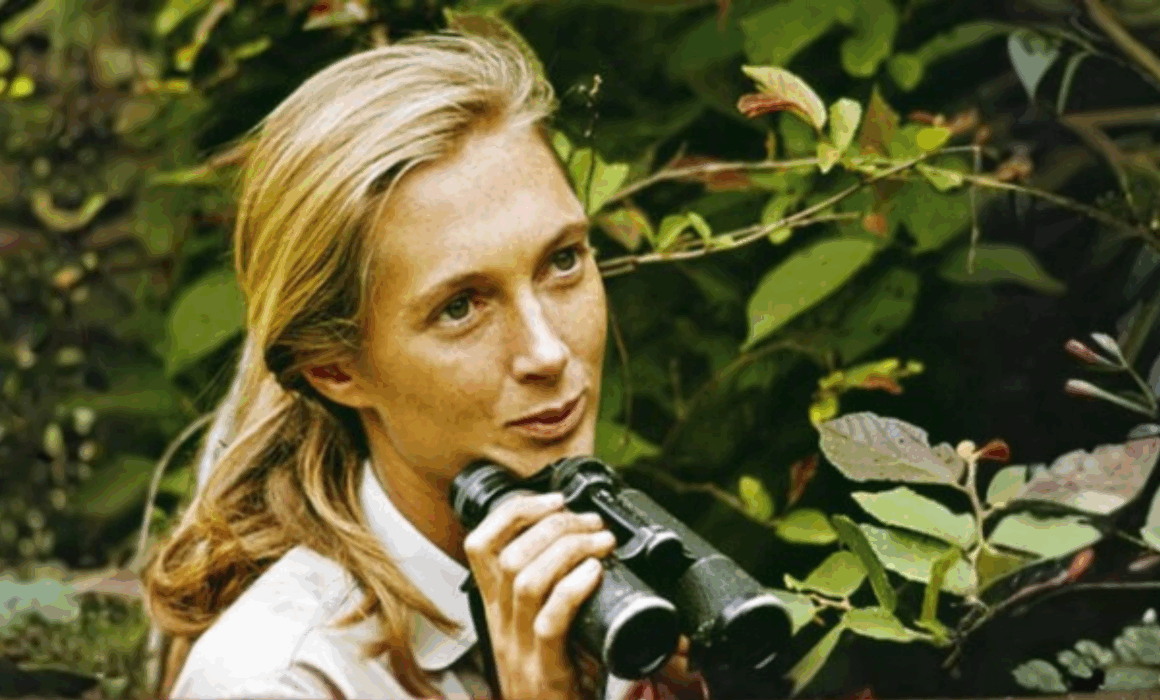Bring Back the Potluck (with Wine)
By: Virginie Boone
In late November The New York Times ran an opinion piece by Matt Hongoltz-Hetling, a journalist in Vermont who writes about social bonds. Who wrote it isn’t as much of interest as what was written about – potlucks.
The November timing was because the point was made that, “The American potluck tradition dates back to the first Thanksgiving, when hunger-stricken colonists and the Wampanoag people shared a meal in 1621.”
Yet, “in recent years, the potluck seems to have fallen out of favor, a trend accelerated by the onset of the internet, and punctuated by a socially toxic pandemic.”
This heartbreaker follows: “The number of Americans eating alone has increased by 53 percent since 2003, according to 2023 figures from the Bureau of Labor Statistics. Another analysis finds that among young Americans, the increase is 80 percent.”
These statistics are grim. But there are places bucking the trend, including a small town of 2,775 people in Vermont featured in the Times story, where a converted one-room schoolhouse serves as a regular potluck spot for scores of locals in different phases of their lives, from new parents to the recently widowed. These meals have brilliantly engendered other points of contact among the residents as a result, from farmers sharing resources to neighbors babysitting each other’s kids.
“Whether a vibrant community created the potluck or the potluck created a vibrant community is like asking which came first, the fried chicken or the deviled egg,” the Times adds.
Communal gatherings revolving around food, of course, go back to Biblical times, when weddings and funerals in particular brought people together. They still mostly do. But what about other times? Can Sonoma County buck the trend, too?
To “take potluck (or potte-lucke)” was a phrase first used in 16th-century England to describe when unexpected guests would show up at mealtime and take their chances on whatever was in the host’s cooking pot. In the late 1800s a “Pot Luck Club” was en vogue with New York socialites looking for adventure. By 1924, the American “bring food to a party” meaning was defined in American Speech.
During the Great Depression, potlucks became a lifeline for hungry people who, by sharing resources amongst many, were ensured a more filling meal more often. Post-Word War II America saw a rise in casserole cooking and other one-pot dishes that were easy to transport and share. Churches were the epicenter of many a potluck, no matter the religion.
Innovation spurred potlucks, too, from the Crock Pot to Tupperware. The Crock Pot was patented in 1940 by Irving Nachumsohn, but traces its beginnings to 19th-century Vilnius, Lithuania, where Jewish families would prepare a stew of meat, beans and vegetables on Fridays before nightfall, according to Smithsonian magazine.
“Ingredients in place, people took their crocks to their towns’ bakeries – specifically, to the still-hot ovens that would slowly cool overnight. By morning, the low-and-slow residual heat would result in a stew known as cholent.”
Nachumsohn had heard of this tradition through relatives, his mother having immigrated from Russia to New Jersey around the turn of the century. Her son Irving eventually became Western Electric’s first Jewish engineer.
In addition to the Crock Pot, he invented the electric frying pan and an early version of the lava lamp. His slow cooker was initially a way to cook during the summer without having to turn on the oven. It wasn’t officially dubbed the Crock Pot until 1971, when advertising campaigns around its ease of use and groovy modern colors drove sales from $2 million to $93 million in four short years.
Tupperware was also invented in the 1940s by a chemist, Earl Tupper, who created an airtight seal for plastic containers for families to reduce waste and preserve food. Wine feels like the best potluck invention of all time, best shared and available in plenty of flavors.
As far back as 1996, The Press Democrat was already writing about potlucks as a thing of the past in need of a reboot.
“Like old-fashioned church suppers, communal dinners are coming into their own again,” it quoted food writer Marion Cunningham in her new edition of “The Fannie Farmer Cookbook,” revised for the ‘90s. “It’s a good way for working people who might not otherwise have the time, to put together a festive dinner. And if everyone chips in, the financial burden is shared.”
An editor from Sunset offered that for a dish to make it onto her party menu, “it has to meet some tough standards, especially for the come-and-go gathering we particularly enjoy.” Her primary criteria were foods that stay fresh for hours, are self-serve, can be eaten with fingers and require no last-minute attention.
But somewhere along the line, potlucks faded out of popular view, dinner parties on life support, which is bad for everyone – the 2025 World Happiness Report found “that sharing meals is as strongly tied to well-being as income or employment status.”
Potluck is both a noun and a verb. So reclaim a vital part of American history and get out there and potluck. You’ll be happy you did.


